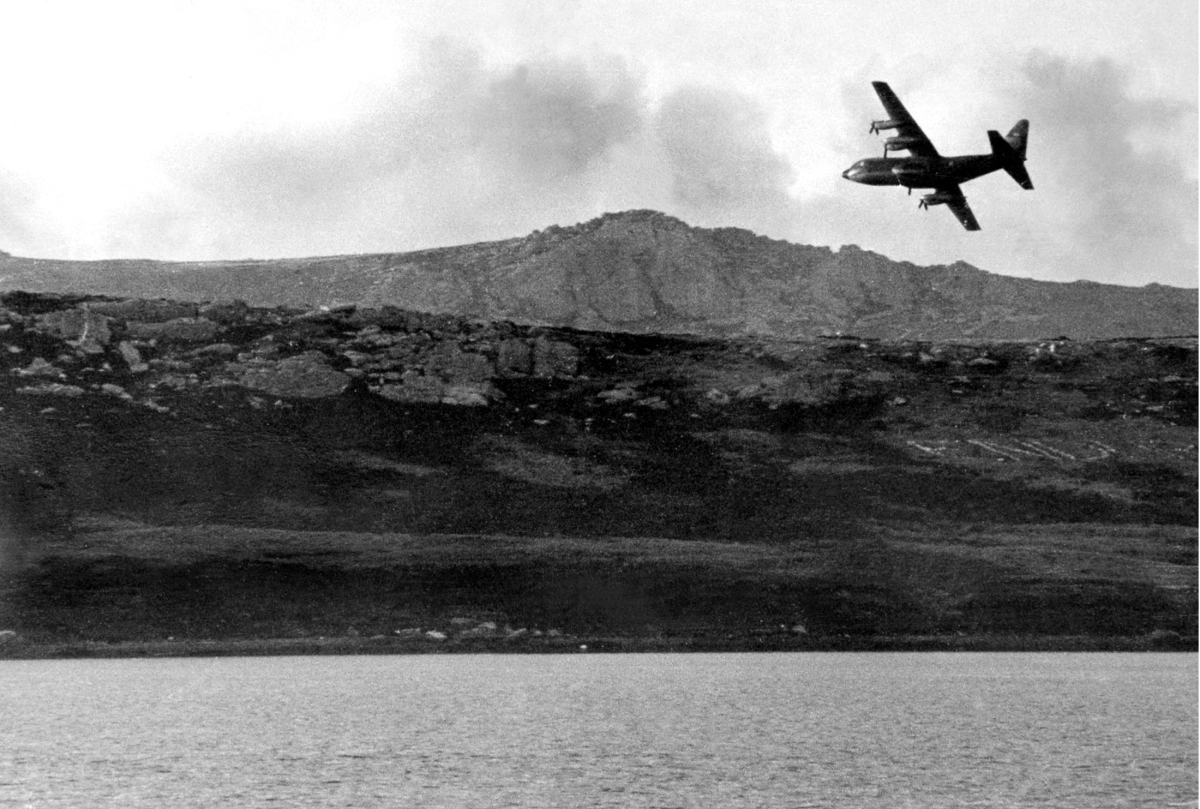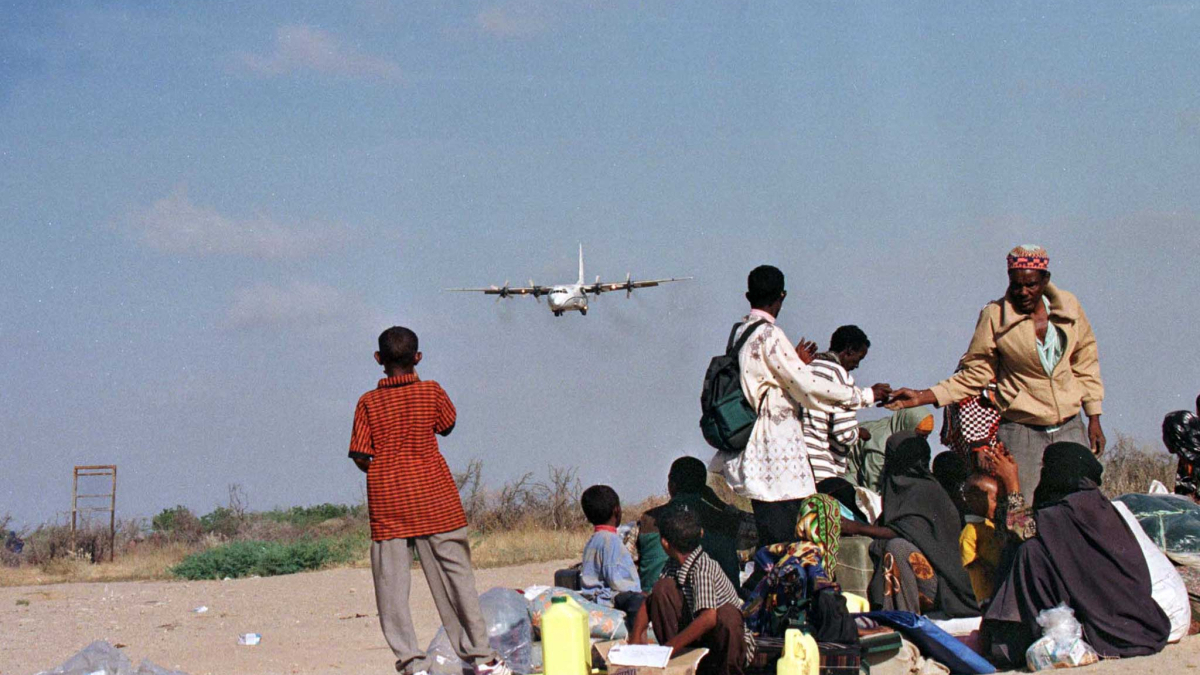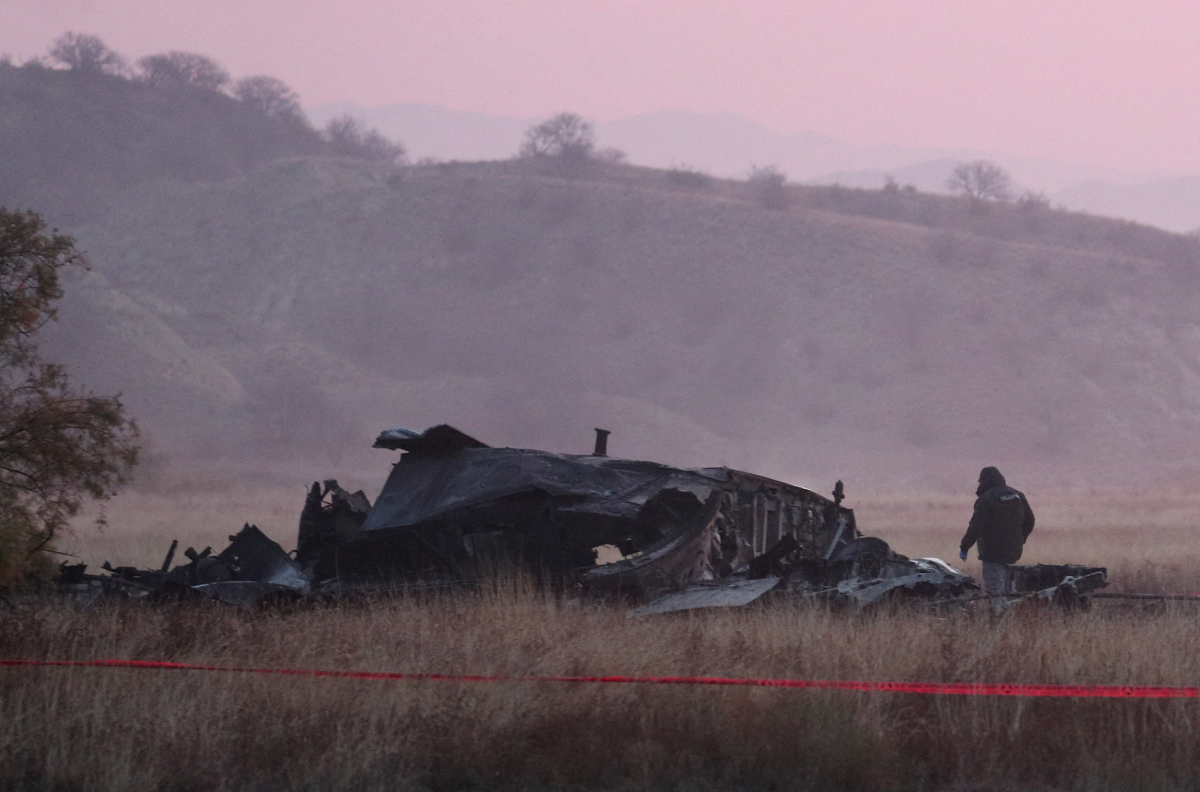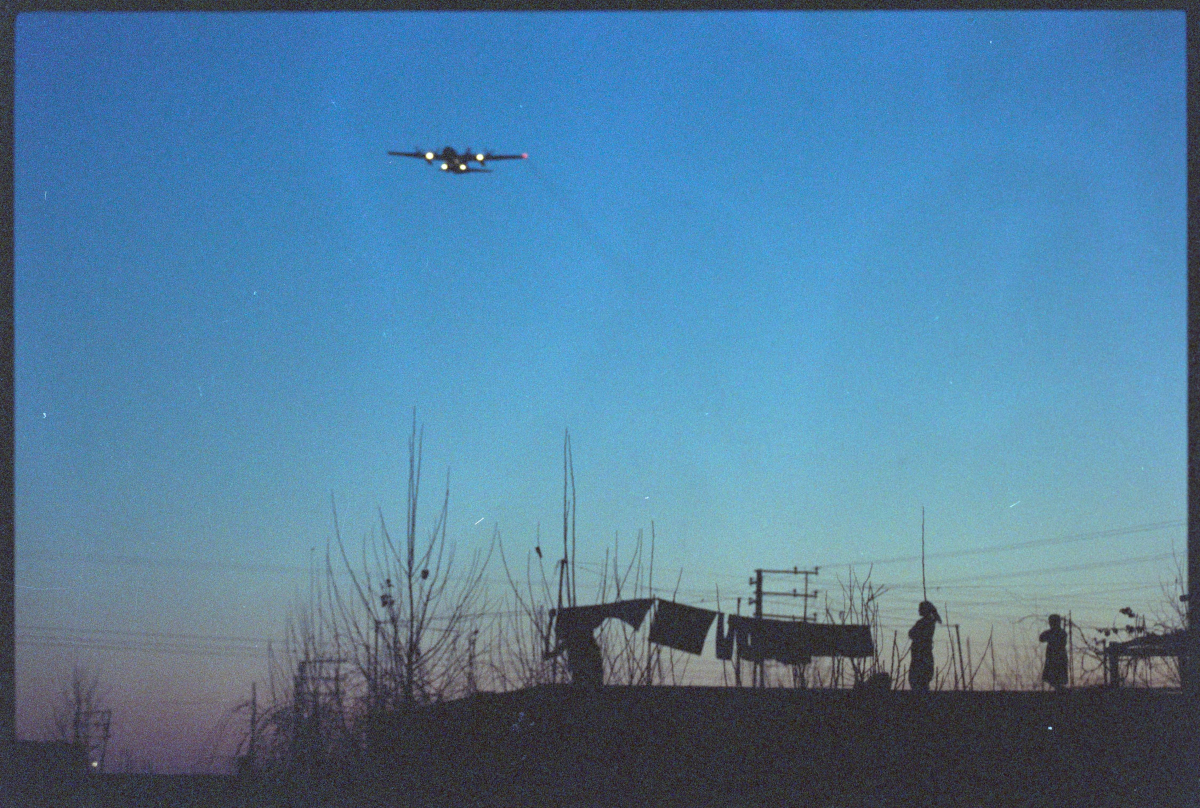U.S. Supreme Court rejects Trump's military deployment in Chicago area, for now
The U.S. Supreme Court blocked Donald Trump's attempt to send National Guard troops to the Chicago area, amid concerns that the Republican president i...
The Hercules is old, heavily burdened and increasingly pushed into environments that expose the limits of a design born in the middle of the last century.
You have probably seen the C-130 before, even if you never stopped to name it. It is the aircraft that appears in moments when the world is under strain, landing on half broken runways, lifting the wounded from the edge of conflict or dropping supplies into places that have slipped far from the headlines.
It was never built for glory. It earned its reputation through presence, by showing up where almost no other aircraft could. Yet the deeper you follow its history, the more you sense a tension between what it once was and what it is asked to be today.
This old machine continues carrying the weight of a century that has changed around it far faster than it has changed itself.
Where the Hercules came from
The C-130 was born from a simple military requirement in the early Cold War. The United States Air Force needed an aircraft that could lift heavy loads, land almost anywhere and survive conditions that would defeat most transport planes.
Lockheed engineers answered with a sturdy four engine turboprop that offered power, range and a rear loading ramp that cut mission times drastically. It was introduced in 1956. Within a few years, the aircraft became the backbone of tactical airlift for the United States and, eventually, for more than sixty countries.

The Hercules became a kind of constant companion to modern conflict. In Vietnam, it carried troops under fire and evacuated the injured when runways were barely intact. In Somalia, Iraq and Afghanistan, it delivered ammunition and aid through storms of dust and heat. It moved peacekeepers into the Balkans and pulled civilians out of disaster zones after earthquakes and floods.
Over time, its silhouette came to represent mobility in places where mobility seemed impossible. Its reliability was not simply technical. It became emotional. It reassured soldiers and civilians that help could still reach them.

The modern era and the slow arrival of limits
Time, however, changes even the strongest ideas. By the early twenty first century, many C-130s had already flown for forty or fifty years, carrying the memory of thousands of missions in their frames. They also carried the fatigue that comes with age. Corrosion crept into metal joints. Wiring hardened. Hydraulic lines grew brittle.
The consequences became visible. In 2017 a United States Marine Corps KC-130 broke apart in mid flight over Mississippi after a propeller blade fractured, tearing through the aircraft and causing it to disintegrate before it could descend. The investigation concluded that a hidden crack in the metal had grown quietly over years until it reached a point of failure.
The pattern resurfaced in November 2025 when a Turkish C-130 crashed in the mountains along the Azerbaijan-Georgia border, killing all 20 personnel onboard. The accident prompted an immediate grounding of the fleet while inspectors searched for structural or mechanical weaknesses, highlighting how ageing airframes and demanding missions now move dangerously close to each other.
The aircraft continued to fly, but these incidents made one thing clear. The Hercules was still capable, but it was no longer unbreakable.

Why the aircraft increasingly fails
Aviation analysts point to several consistent vulnerabilities. Corrosion remains the most persistent threat, especially for aircraft stationed in coastal or desert regions where salt and humidity slowly eat through aluminium structures. Even microscopic cracks can widen under pressure, leading to sudden structural failure.
Load imbalance is another risk. The C130 can carry almost anything, but if the weight is not centred correctly, stability is compromised during takeoff or turns. Ageing electrical systems, worn hydraulic lines, and outdated sensors also increase the likelihood of in-flight malfunctions.
The environments in which the aircraft operates often amplify these weaknesses. The Hercules is sent into mountains, storms and conflict zones, where visibility drops and turbulence intensifies. Human factors add another layer. The aircraft is frequently deployed on long missions that stretch crew endurance and reduce margins for error.
A larger question for the aviation world
What makes the C-130 story more than a technical discussion is the gap it exposes in modern aviation. Despite major advances in aircraft design, the world has not found a clear successor for this type of heavy lift transport.
Newer aircraft exist, but their cost is high, their numbers limited and their adaptability narrower. The fundamental physics of short takeoff lift remain unchanged. For that reason, the Hercules continues to fill a role that newer models struggle to replace. It is both a proven asset and a reminder of how slowly military transport innovation has moved.
The aircraft remains in service because it still works. It still reaches places where help is needed. But each new accident deepens the same underlying question. How long can a design created in the 1950s continue to carry the weight of a world that expects more from it every year.

Vince Zampella, co-creator of the Call of Duty gaming franchise, has died in a car crash involving a Ferrari crash on Monday in Los Angeles, United States.
Israeli Prime Minister Benjamin Netanyahu said Israel is monitoring recent Iranian military exercises and will raise the issue with U.S. President Donald Trump during his visit to Washington next week.
Paramount has reaffirmed its bid to acquire Warner Bros. Discovery, offering $30 per share in cash and backing the proposal with a $40.4 billion personal equity guarantee from billionaire Larry Ellison, despite the target company’s board urging shareholders to reject the offer.
U.S. President Donald Trump has approved plans to construct a new class of battleships, which he described as larger, faster and significantly more powerful than any previous U.S. warship.
As the European Commission warns of possible visa suspension, Georgian authorities reject accusations of democratic backsliding. What is really at stake — and who could be affected most?
The U.S. Supreme Court blocked Donald Trump's attempt to send National Guard troops to the Chicago area, amid concerns that the Republican president is using the military in Democratic-led regions to punish opponents and suppress dissent on Tuesday.
The United States and Iran traded barbs at the United Nations Security Council on Tuesday over conditions for reviving nuclear talks, with the U.S. saying it remains ready for direct negotiations and Iran rejecting Washington's terms.
A document making a crude reference to Donald Trump — purportedly written by convicted sex offender Jeffrey Epstein to Larry Nassar, who is serving a life sentence for abusing hundreds of girls — is fake, the U.S. Department of Justice said on Tuesday, hours after releasing it to the public.
Syria's foreign and defence ministers met Russian President Vladimir Putin in Moscow on Tuesday to discuss expanding military, political and economic cooperation, with a focus on strategic collaboration in defence industries, Syria's state news agency SANA reported.
An apparent gas explosion and fire caused major damage to a nursing home outside Philadelphia on Tuesday, sending emergency crews to conduct search-and-rescue operations, according to officials and local media reports.
You can download the AnewZ application from Play Store and the App Store.

What is your opinion on this topic?
Leave the first comment